Re-imagining cities to ensure Gender Equity- A case of Pune, Maharashtra
Re-imagining cities to ensure Gender Equity- A case of Pune, Maharashtra

Guided By: Prof. Niraj Naik



Re-imagining cities to ensure Gender Equity- A case of Pune, Maharashtra

Guided By: Prof. Niraj Naik




The way many cities are built often makes people belonging to gender minorities unsafe, fails to provide for their basic needs and restricts their social and economic opportunities.
As a result, billions of people are underserved by the urban environments they live and work in.
Just as the built environment can ingrain or enhance existing inequities, it can be a strong catalyst for change.
This thesis looks at the various aspects of the built environment that add to or compound gender inequities and proposes ways by which these inequities can be diminished.
Re-imagining cities to ensure Gender Equity- A case of Pune, Maharashtra



Gender biases in the built environment contribute directly to gendered social and economic inequities feeding into the systemic oppression of the minorities Due to which they often:
• Struggle to access gainful employment, education and other basic human endowments
• Struggle to accumulate wealth and achieve economic independence

• Spend more on basic services

• Have fewer social freedoms — hindering them from building social networks to cope with risk, stress, and shock
• Struggle to exercise agency in public decision-making, including decisions that shape the built environment

Many drivers of gender inequality can be linked to the built environment. Hence the built environment, and its planning and design, can be viewed as key opportunities to promote equity.
Source: World Bank Handbook for Gender Inclusive Urban Planning Design
Designing cities that work for women translates to better cities for all, with strong multiplier socio-economic and environmental effects across households, families, and local communities.
A gender-inclusive city can lead to a healthier, safer, more resilient, and more inclusive built environment that nurtures social cohesion and enhances the livelihoods of communities.
Re-imagining cities to ensure Gender Equity- A case of Pune, Maharashtra


Re-imagining cities to ensure Gender Equity- A case of Pune, Maharashtra



Reasons for selecting Bhavani Peth:
• Bhavani Peth has seen the transition of the old Pune and new Pune


• Its a combination of commercial, residential and mixed use buildings
• A lot of public places are in vicinity
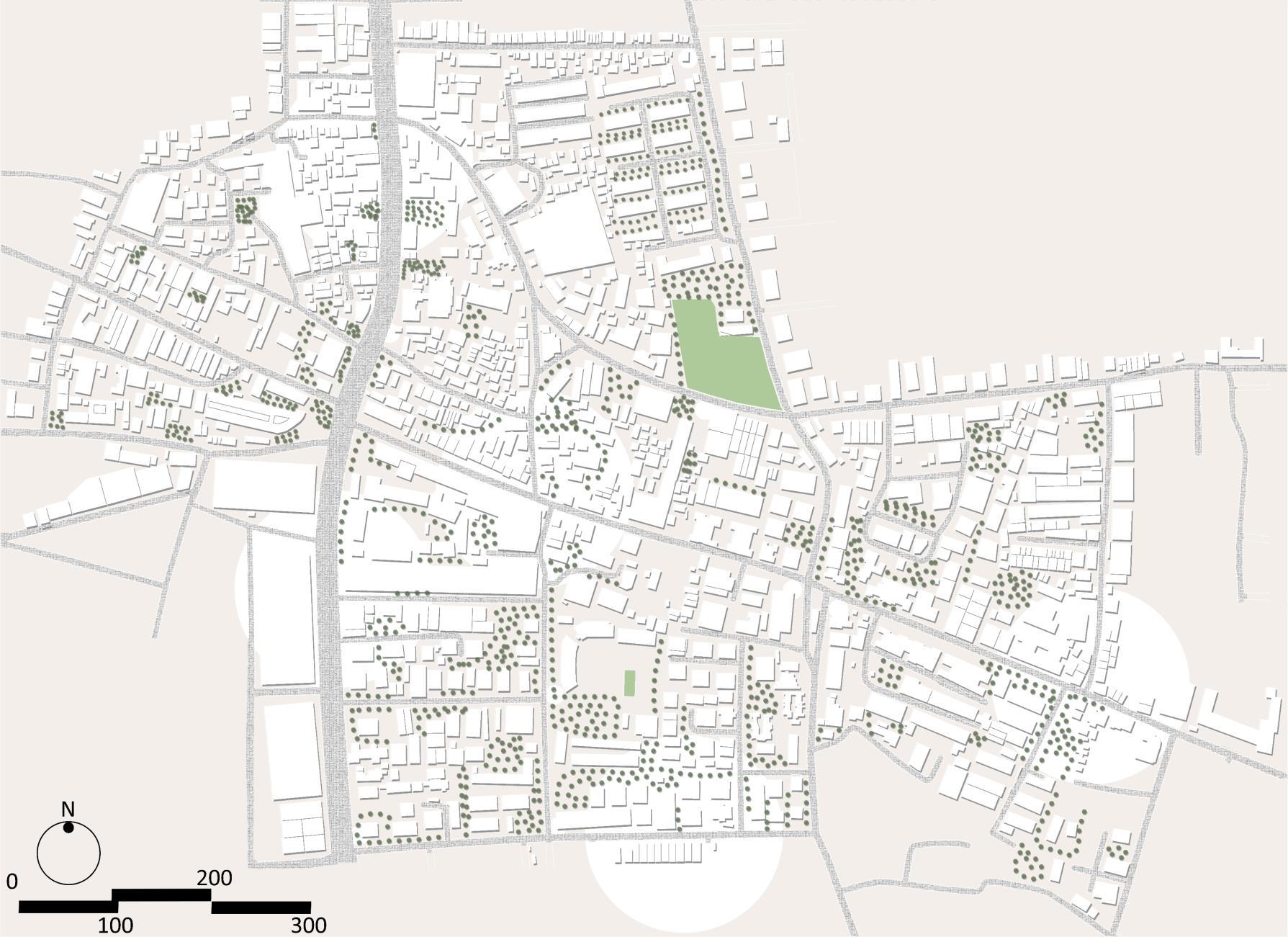

• Follows the traditional pattern of planning

Definition
A city block is the smallest group of buildings that is surrounded by streets.
The median urban block length should fall between 100 and 150 meters.

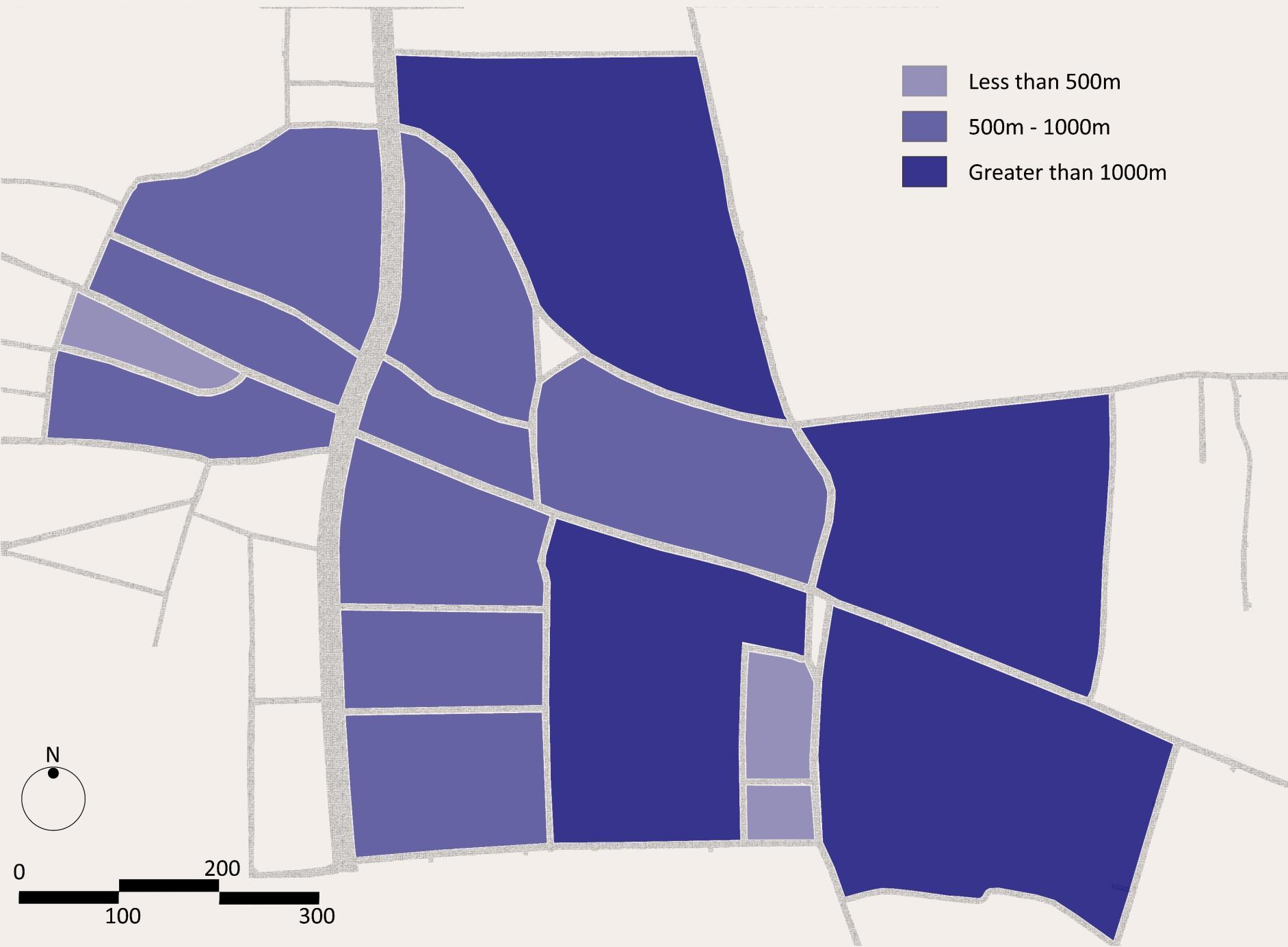
Conventionally block lengths were longer and did not promote walkability

To ensure gender equity, block sizes should be smaller and should promote easy access to transit nodes
Re-imagining cities to ensure Gender Equity- A case of Pune, Maharashtra


Yes 26% Are the streets walkable?
Shreya Agarwal

No 74%

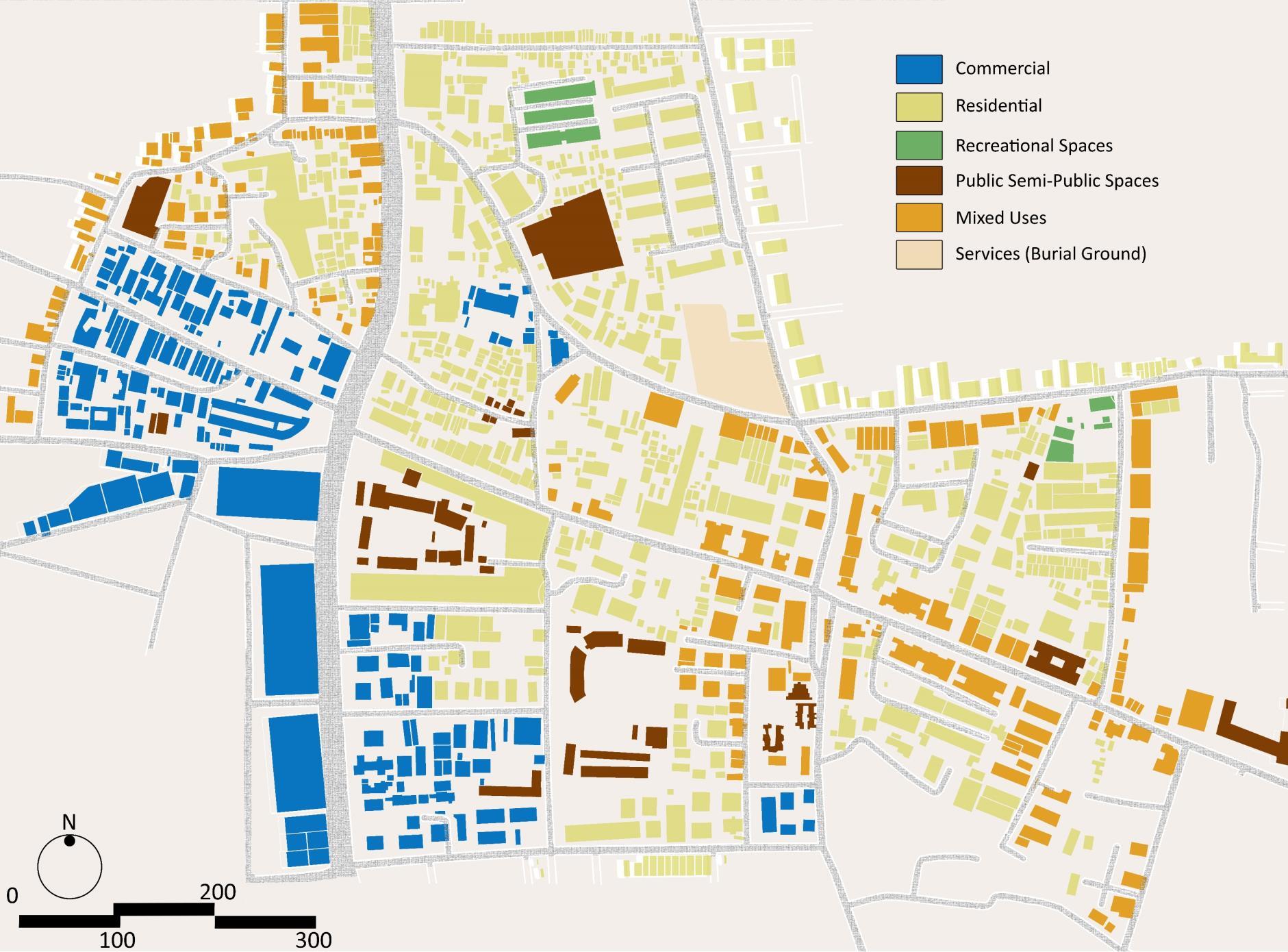
Increase intensity of land use, increase diversity of land use or integrating segregated uses.

Floor space area (FSA) regulations can be used to encourage densification.

Conventionally land uses were divided and separated that created residential, industrial and commercial zones
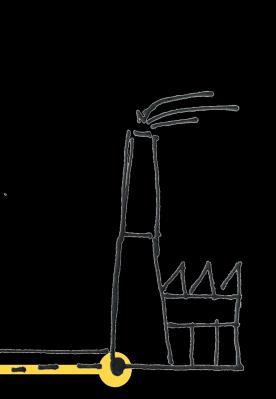
To promote gender equity, Institutes, health care centres, open area should all be accessible within a settlement to ensure reduced time taken to commute





Basic amenities like ATM, Parking, Convenience shopping, religious facilities, crèche and other amenities such as School, Medical Clinic, Community hall with sports facilities, Restaurant should be provided at safe and accessible location




Amenities Provided
Conventionally public spaces were designed to be accessible and diverse by public


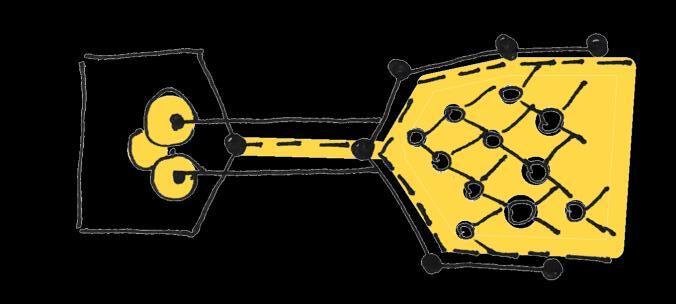
To ensure gender equity diversity of uses and people should be promoted. Public spaces should facilitate women’s multiple roles.
Re-imagining cities to ensure Gender Equity- A case of Pune, Maharashtra
Distance to recreational activities


Definition
Both a physical and social structure, housing functions at various spatial scales —home, neighborhood, city, region




Conventionally housing complexes do not have provisions for open spaces and ICDS centres
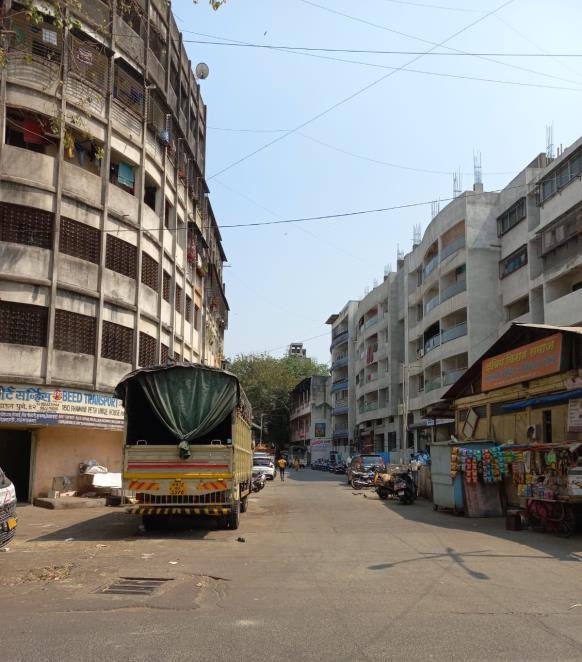

To ensure gender equity, housing complexes must consist of child care centres and community centers

For women to be able to access a full range of public services, workplaces, schools, and other key amenities, economic opportunities must be unlocked so that they feel at ease and connected to others in the city allowing them to stay mentally, physically, and emotionally healthy.


Conventionally very few employment opportunities were available for women that were spaced far away from their residences
To ensure gender equity, various employment opportunities should be available at accessible distances

Re-imagining cities to ensure Gender Equity- A case of Pune, Maharashtra


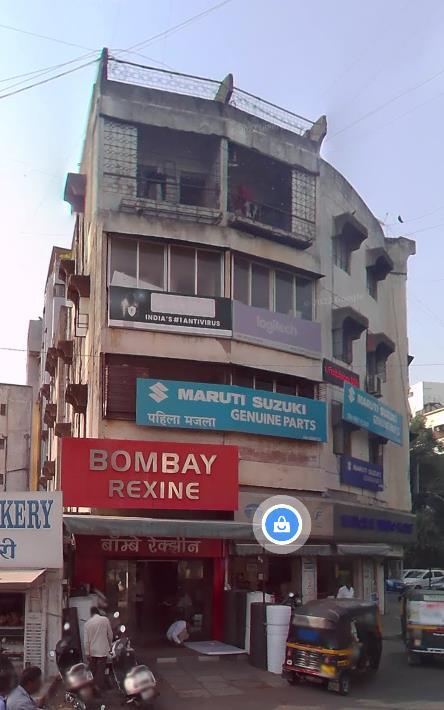

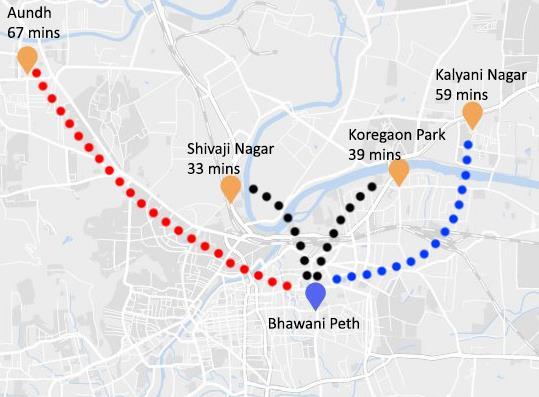

Public Toilets should be well lit and have well lit surroundings as well, the entrance to each block should be separated, all cubicles should be safe, clean and safe place for caregivers to cater to babies. Along with all this, period care products should also be provided in the toilet blocks.


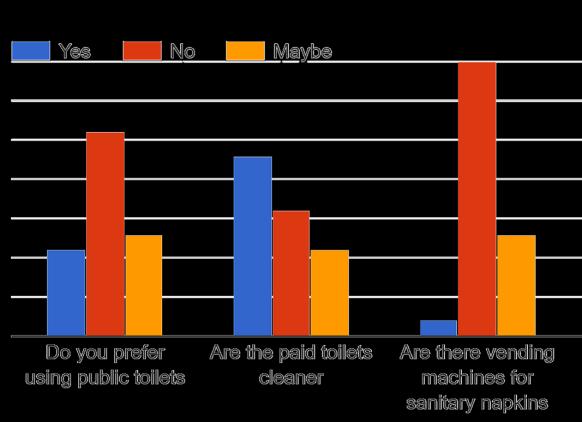
Conventionally separate toilet blocks are not provided. Hygiene products and baby care spaces are not provided

few stalls, very less space and no ventilation
To ensure gender equity, provision of more number of stalls along with hygiene products and disposal mechanisms.
Re-imagining cities to ensure Gender Equity- A case of Pune, Maharashtra





Definition
Frequency refers to the different modes available in a defined period of time.


Conventionally time between two buses is higher and distance between transit nodes is also more



To ensure gender equity, frequency of buses should be increased, by placing transit nodes closer to each other.
Re-imagining cities to ensure Gender Equity- A case of Pune, Maharashtra

Alternatives for bus unavailability



Conventionally time between two buses is higher and distance between transit nodes is also more






400-500m At
Frequency At 1300 hours At 2100 hours
At

Re-imagining cities to ensure Gender Equity- A case of Pune, Maharashtra

Information Display Definition

Introducing real-time signage that shows expected transit arrival times.

To ensure gender equity, Display real-time route information, timetables, and helpline nos. in buses, bus stops and terminals




Re-imagining cities to ensure Gender Equity- A case of Pune, Maharashtra



Definition
Provide fast, convenient interchange options and spatial provision for various modes of Intermediate Public Transport



Multimodal Transit Station for seamless travel
Improve access to public transit

Intermediate Public Transport should be placed at 400 meters distance multiple mode choices at various prices and comfort levels with improved walking and cycling infrastructure


Re-imagining cities to ensure Gender Equity- A case of Pune, Maharashtra



Definition
Preserving well-defined lines of sight along the street, considering the placement of trees, signage, infrastructure, and construction scaffolding.
Sight Lines


Large columns, tall fences, over grown shrubbery and other barriers block sight lines

Low hedges or planters, small trees, wrought iron or chain-link fences, transparent reinforced glass, lawn or flower beds, benches allow users to see and be seen
Re-imagining cities to ensure Gender Equity- A case of Pune, Maharashtra

Vulnerable Zones

Appropriate Sight Lines
Sight lines are obstructed due to trees, illegal parking and encroachment



Street Lighting


Definition

The optimum use of high quality lighting in public areas meets the security needs of women, as well as of pedestrians and cyclists in general.
Street Lighting: Unsafe Zones




Obstructed lighting due to trees. No lighting in tertiary streets
To ensure gender equity using pedestrian scale street lighting in high pedestrian traffic areas to help people recognize potential threats at night.
Re-imagining cities to ensure Gender Equity- A case of Pune, Maharashtra







Definition Streets are the great connectors of neighborhoods and cities, and in many places they constitute the largest supply of public open space available.



Well connected, highly porous with 24/7 influx of the various variety of people
Presence of 24 hour open urban elements. Provision of bike lane, bus lane, sidewalk, safe separation buffers
Re-imagining cities to ensure Gender Equity- A case of Pune, Maharashtra

Definition
Walk path indicates whether a person can comfortably walk in a place. This could refer to the quality of a pavement or space along a road.

Security of pedestrians from large vehicles

The height of the footpath should be 150mm. A gender-responsive footpath has three zones- a frontage zone(0.2-1m), a walking zone (1.5m3m), and a multi-utility zone (Varies)



Re-imagining cities to ensure Gender Equity- A case of Pune, Maharashtra





Definition
Well designed, strategically located signs and maps contribute to a feeling of security














Signages on the roads
Signages are sometimes obstructed by trees, banners and hoardings




Obstructed Signages
Signages should be large, legible and identifiable, simple shapes and graphics strategically located at entrances and near activity nodes
Re-imagining cities to ensure Gender Equity- A case of Pune, Maharashtra

Need for directional signages

Monitoring
Definition
CCTV cameras should be installed in the bus shelters and streets and monitored in a control room in the nearest bus depot.
CCTV monitoring at only important transit nodes
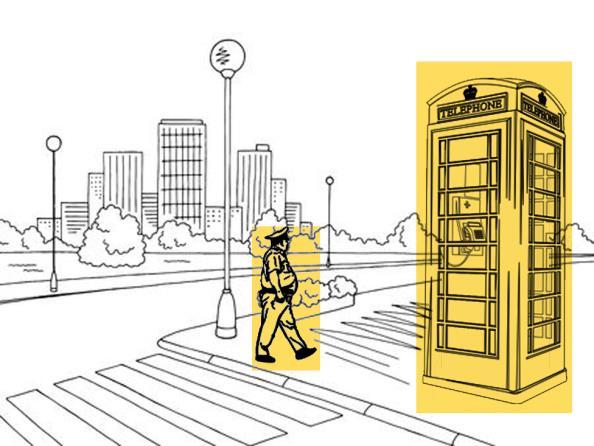

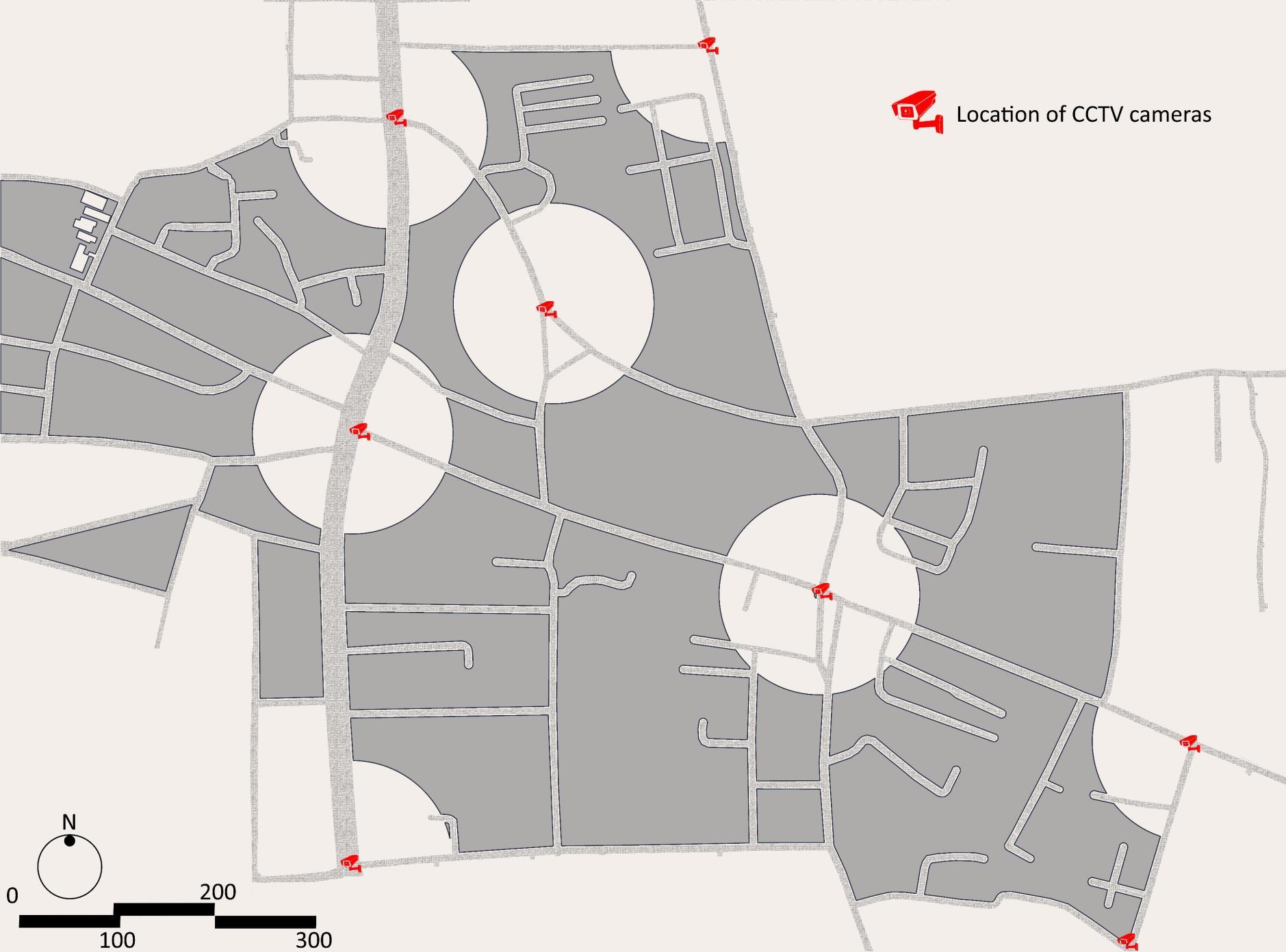
Providing continuous police patrolling in the day and night.
Providing helpline numbers and calling booths
Re-imagining cities to ensure Gender Equity- A case of Pune, Maharashtra
CCTv cameras at road junctions
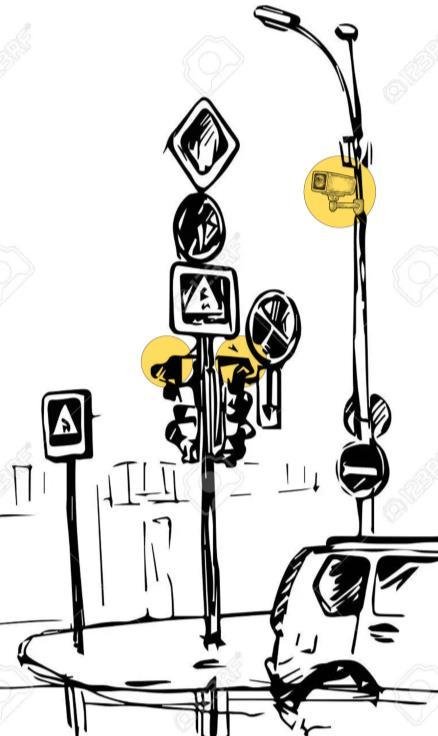
No CCTv cameras in secondary road


36% Yes No Maybe Feeling of safety if camera is installed
Shreya Agarwal
64%

Impact zones












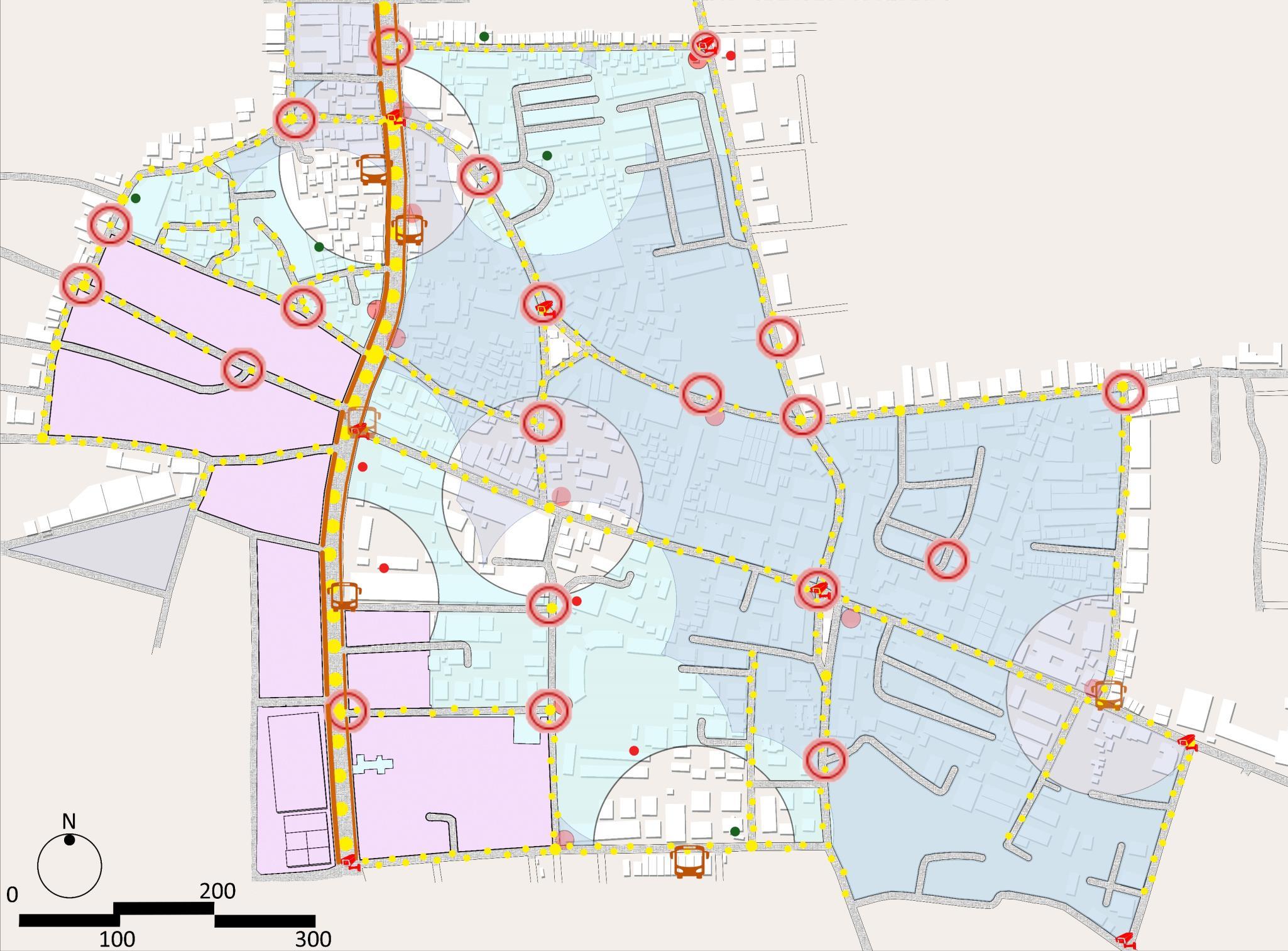

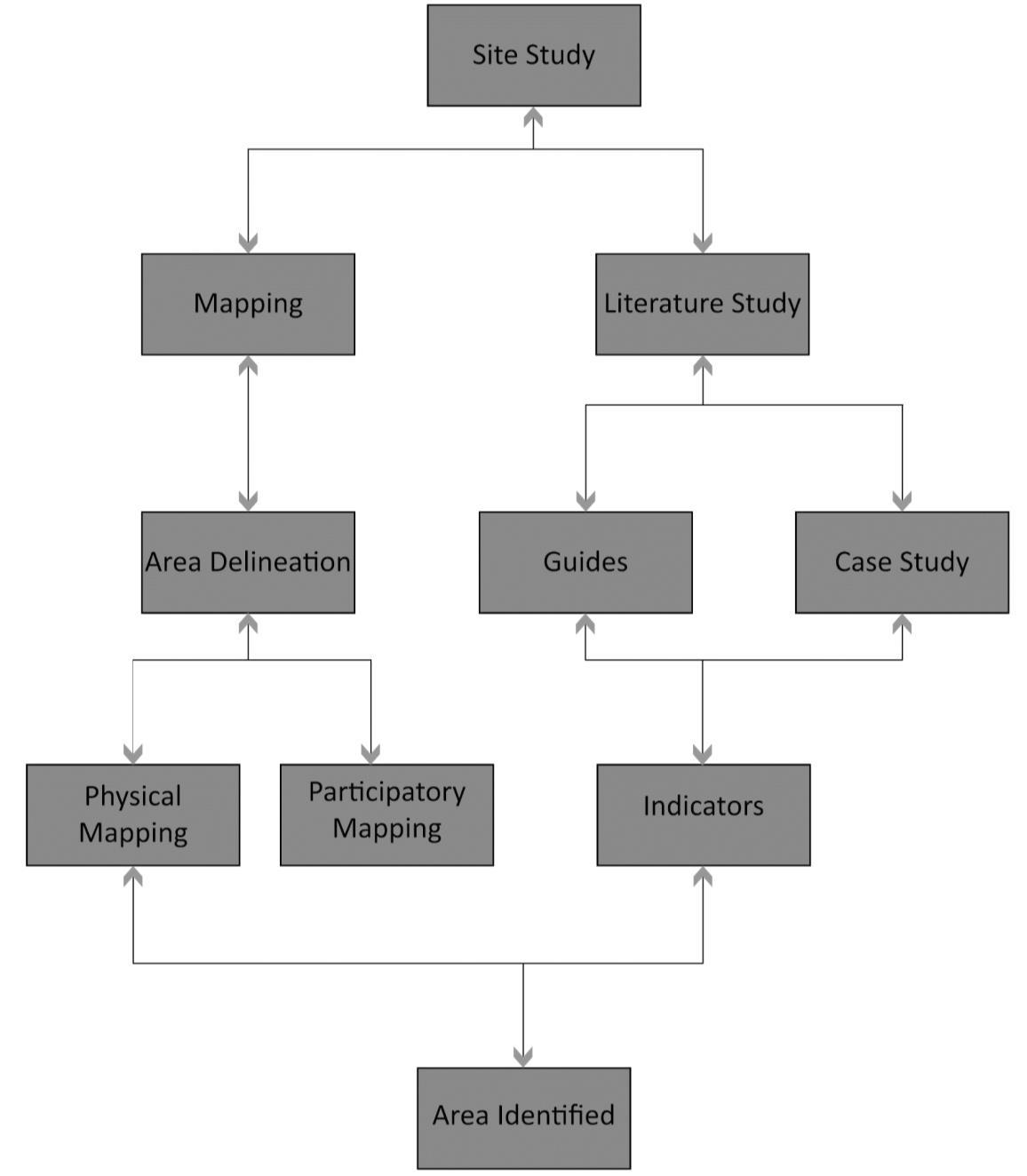
In the planning process the neutrality of the user as well as that of the designed environment is taken for granted. There is minimal participatory approach. The decision makers seem to lack an understanding of how marginalization and resistance to women’s issues are gendered This manifests in inadequate design, infrastructure and services which impact women to a greater extent
It implements a participatory and inclusive design process that explores the experiences and uses of the city from the perspective of all citizen: women, men, and sexual and gender and other minorities.

Creating safer and accessible public spaces by design
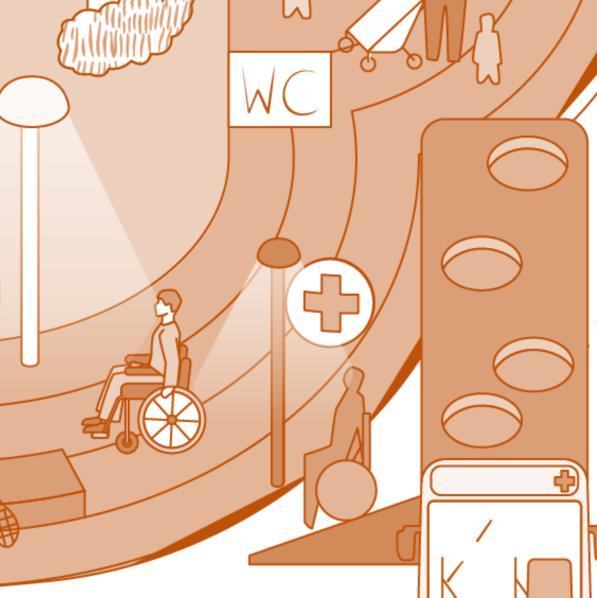
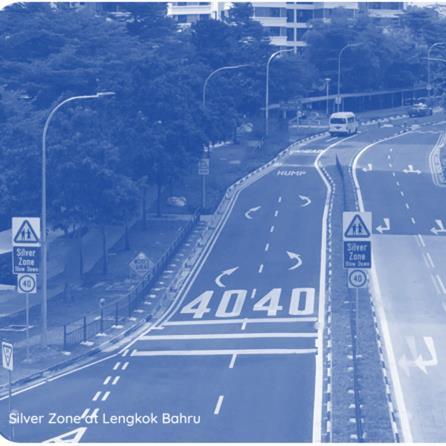

Providing care for victims of gender based violence
Create inclusive and active public spaces and green areas


Enhance access to nutrition and sanitation facilities

Providing spaces for Women-only

Community welfare systems where people can talk and discuss
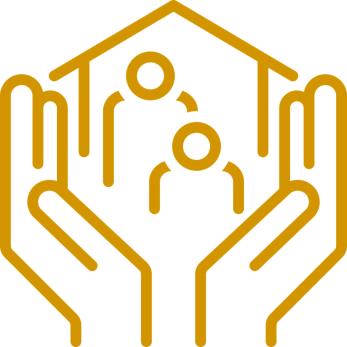
Inclusive play and exercise spaces

Sanitation spaces for homeless
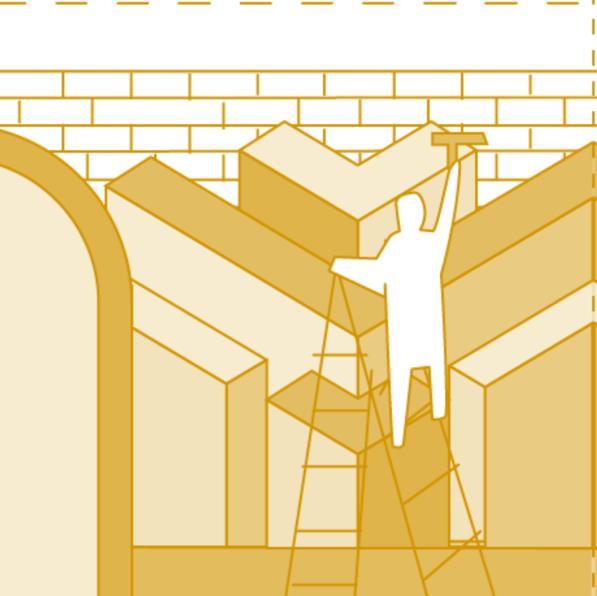
Tailor spaces for the needs of elderly women
Care centres for victims
Re-imagining cities to ensure Gender Equity- A case of Pune, Maharashtra
Bus Stop Design

Community based cooking centres








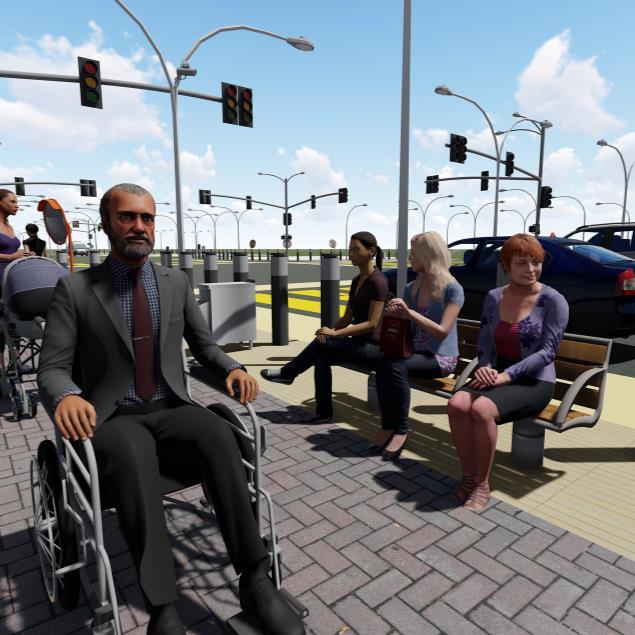

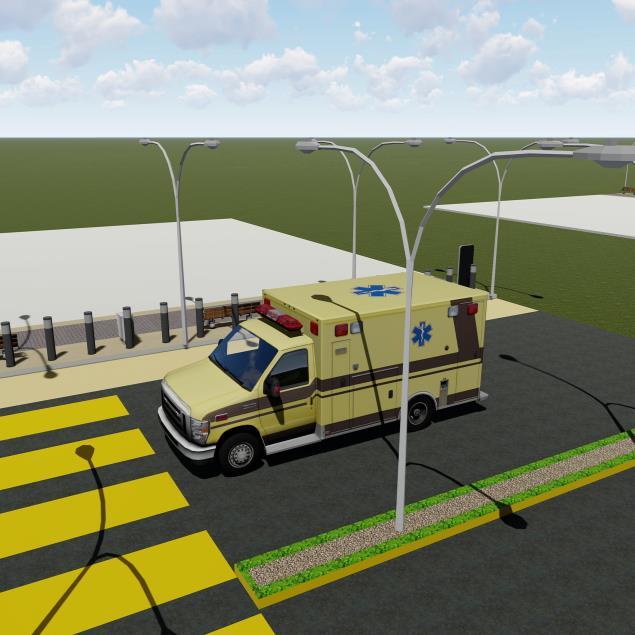
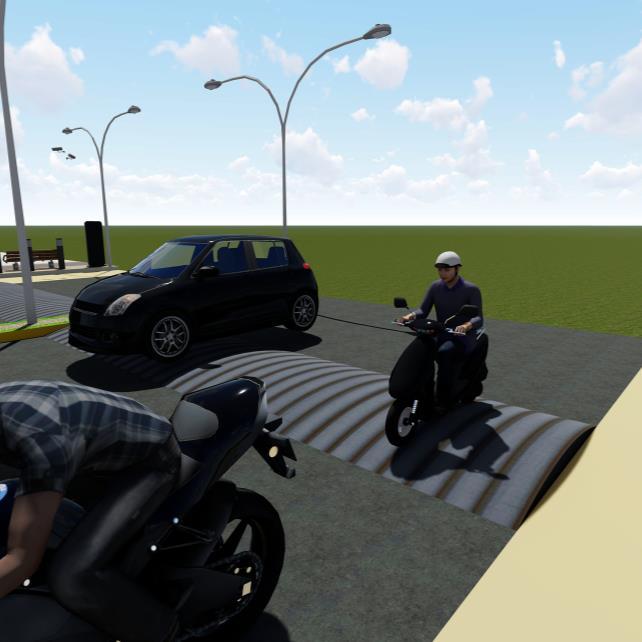
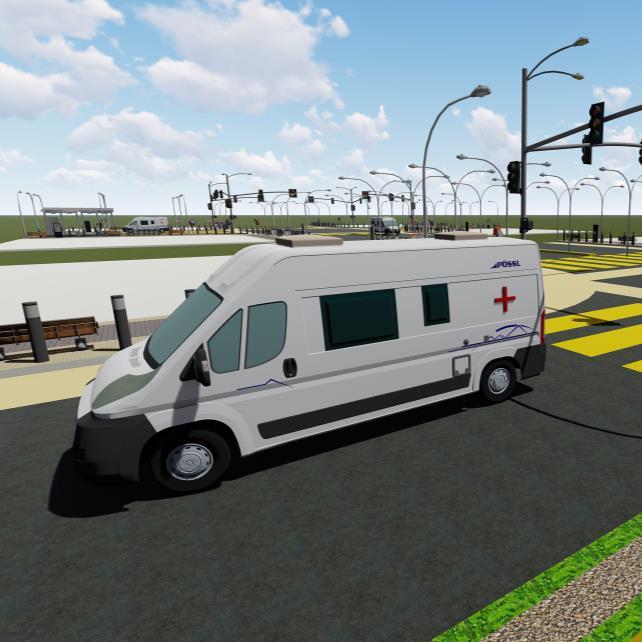

Re-imagining cities to ensure Gender Equity- A case of Pune, Maharashtra
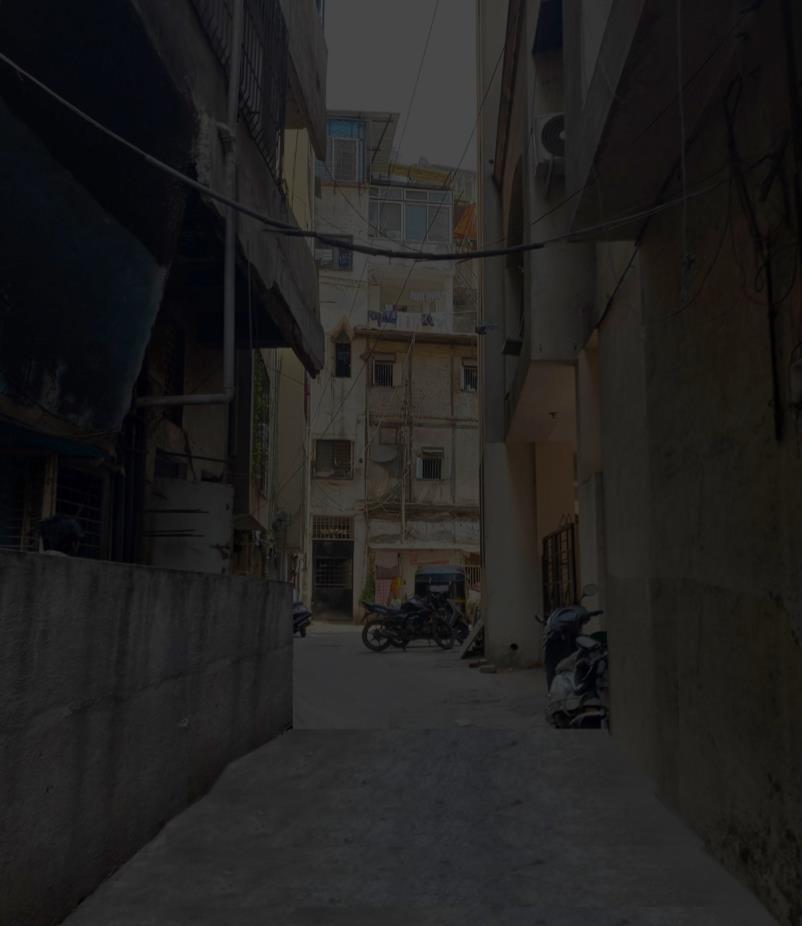




Re-imagining cities to ensure Gender Equity- A case of Pune, Maharashtra


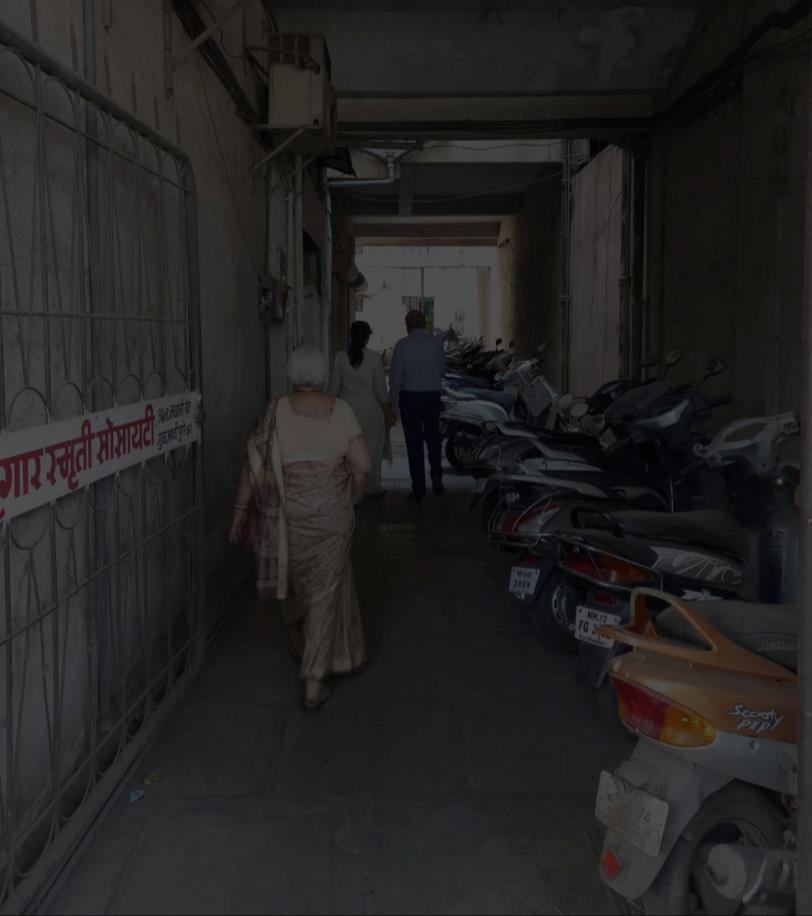


Re-imagining cities to ensure Gender Equity- A case of Pune, Maharashtra


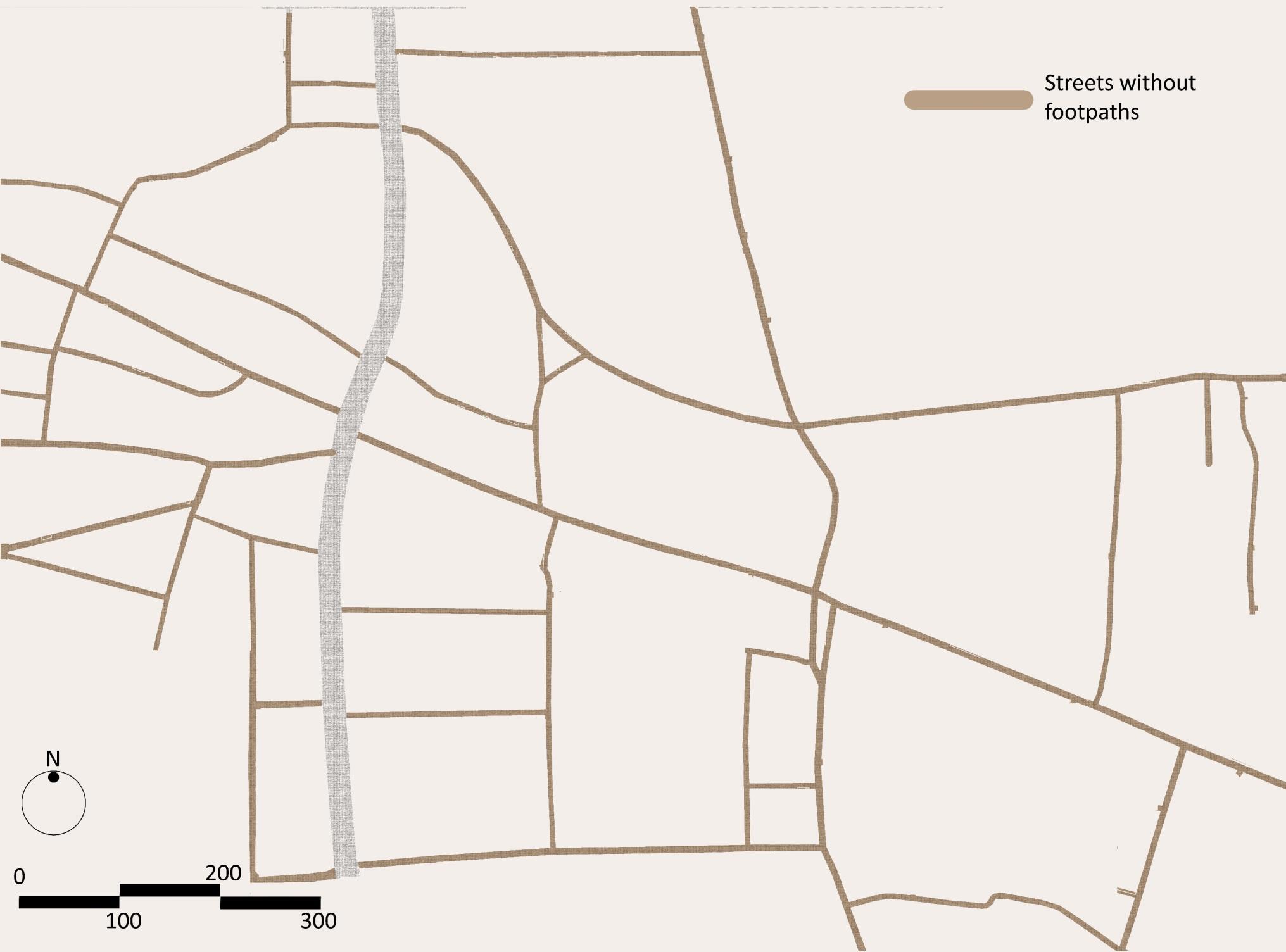


Re-imagining cities to ensure Gender Equity- A case of Pune, Maharashtra


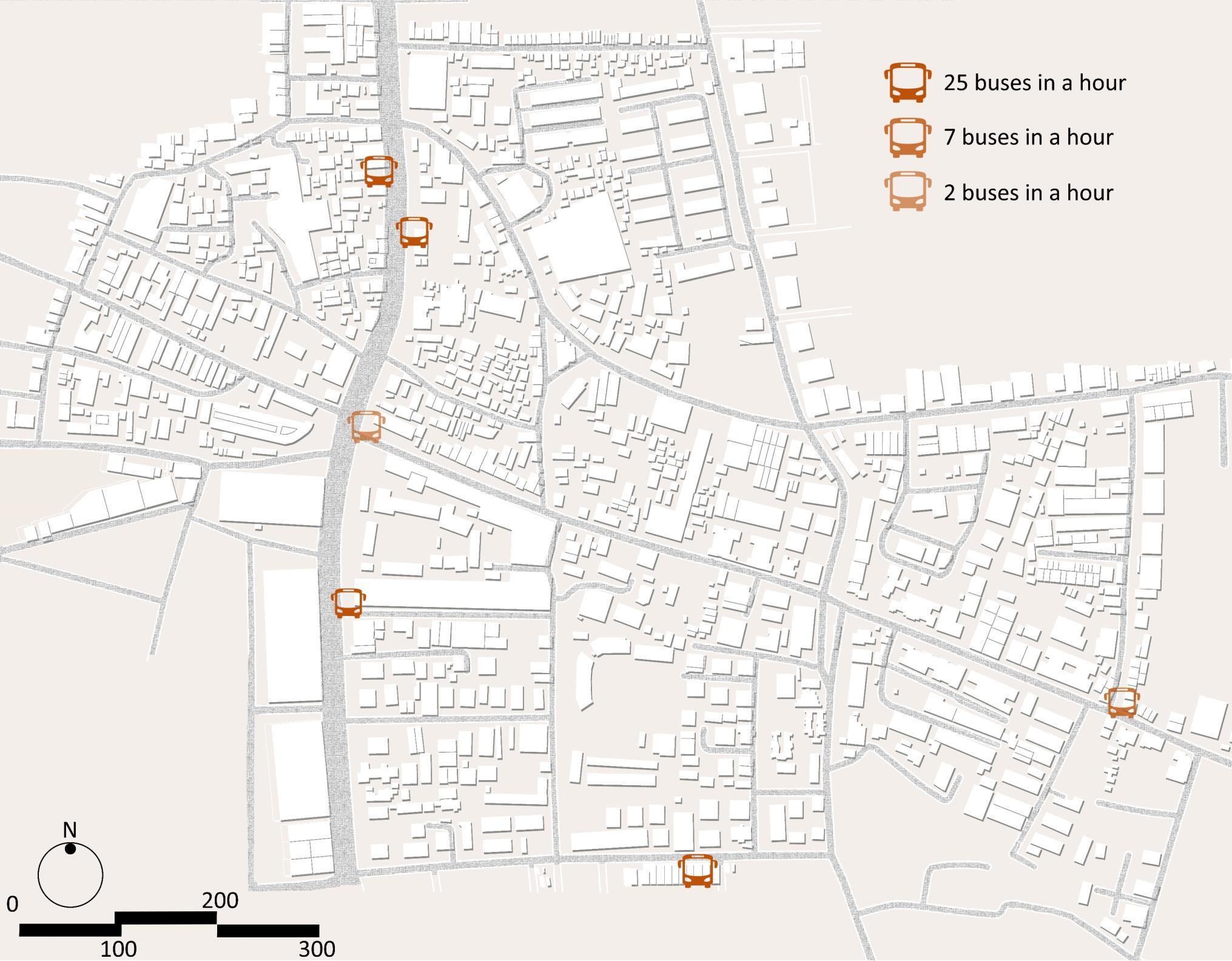


Re-imagining cities to ensure Gender Equity- A case of Pune, Maharashtra





Re-imagining cities to ensure Gender Equity- A case of Pune, Maharashtra





BEFORE AFTER













Lighting Design on Streets


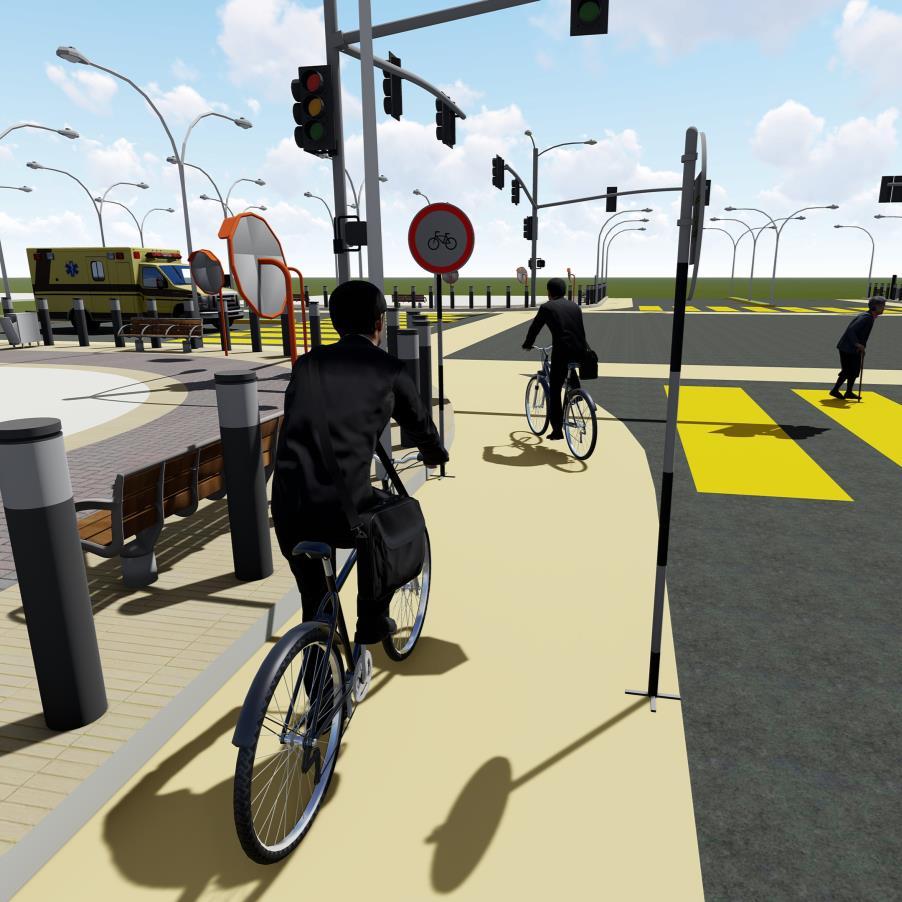
Gender-responsive bus stop

Footpaths with multiple zones
Bike Share along the streets

Unobstructed Footpaths
Re-imagining cities to ensure Gender Equity- A case of Pune, Maharashtra
Separate Cycle lane on the street
Urban Design Thesis

Shreya Agarwal


Part of affordable housing to be earmarked for single women
Regulation in Open Space Typology in a neighbourhood


Promoting mixed use development by providing incentives

Provision of more open spaces

Increasing COP for buildings


Re-imagining cities to ensure Gender Equity- A case of Pune, Maharashtra

Re-imagining cities to ensure Gender Equity- A case of Pune, Maharashtra
Active open spaces acting as pause points
Housing for people of all identities
Inter-generational care centres


Green and Blue Infrastructure
Spaces for exercise and sports
Housing for female patients with physical and mental disability
Spatial market spaces for women


Re-imagining cities to ensure Gender Equity- A case of Pune, Maharashtra


Impact zones












Built v/s Unbuilt
Existing Land Use



Manifestation of the master plan through demonstration area




Re-imagining cities to ensure Gender Equity- A case of Pune, Maharashtra


These streets are multifunctional and will be used differently during the day and night. In the day they are used as regular streets. The location of these streets would change each night. Thus avoiding increase of density in only one part of the area.

Re-imagining cities to ensure Gender Equity- A case of Pune, Maharashtra


At night these streets would be used as a vending zone. These streets will be blocked for vehicular use after 8pm. Thus, encouraging influx of people, and keeping the area safe and secure till wee hours of the night.

Re-imagining cities to ensure Gender Equity- A case of Pune, Maharashtra


Re-imagining cities to ensure Gender Equity- A case of Pune, Maharashtra


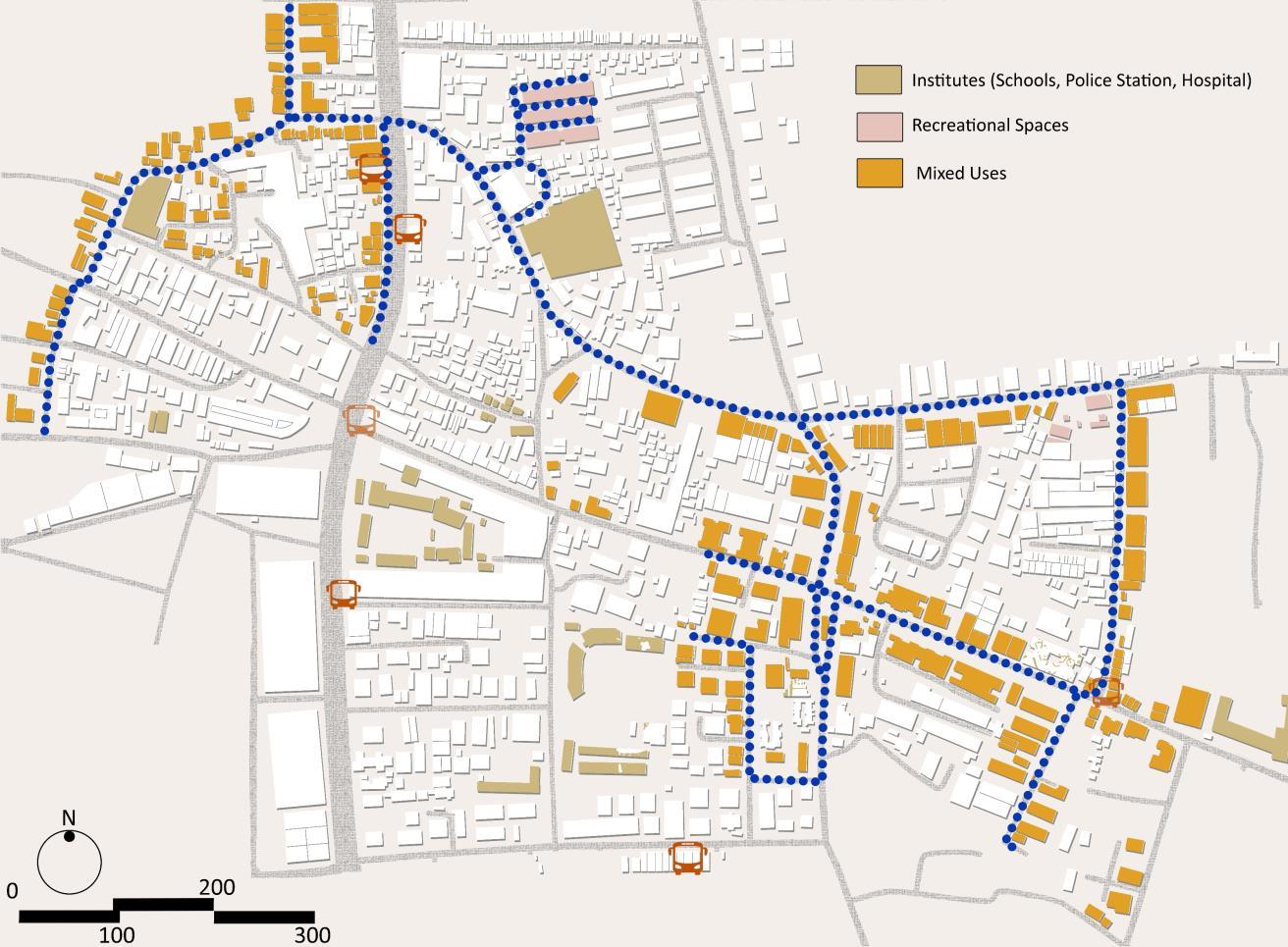
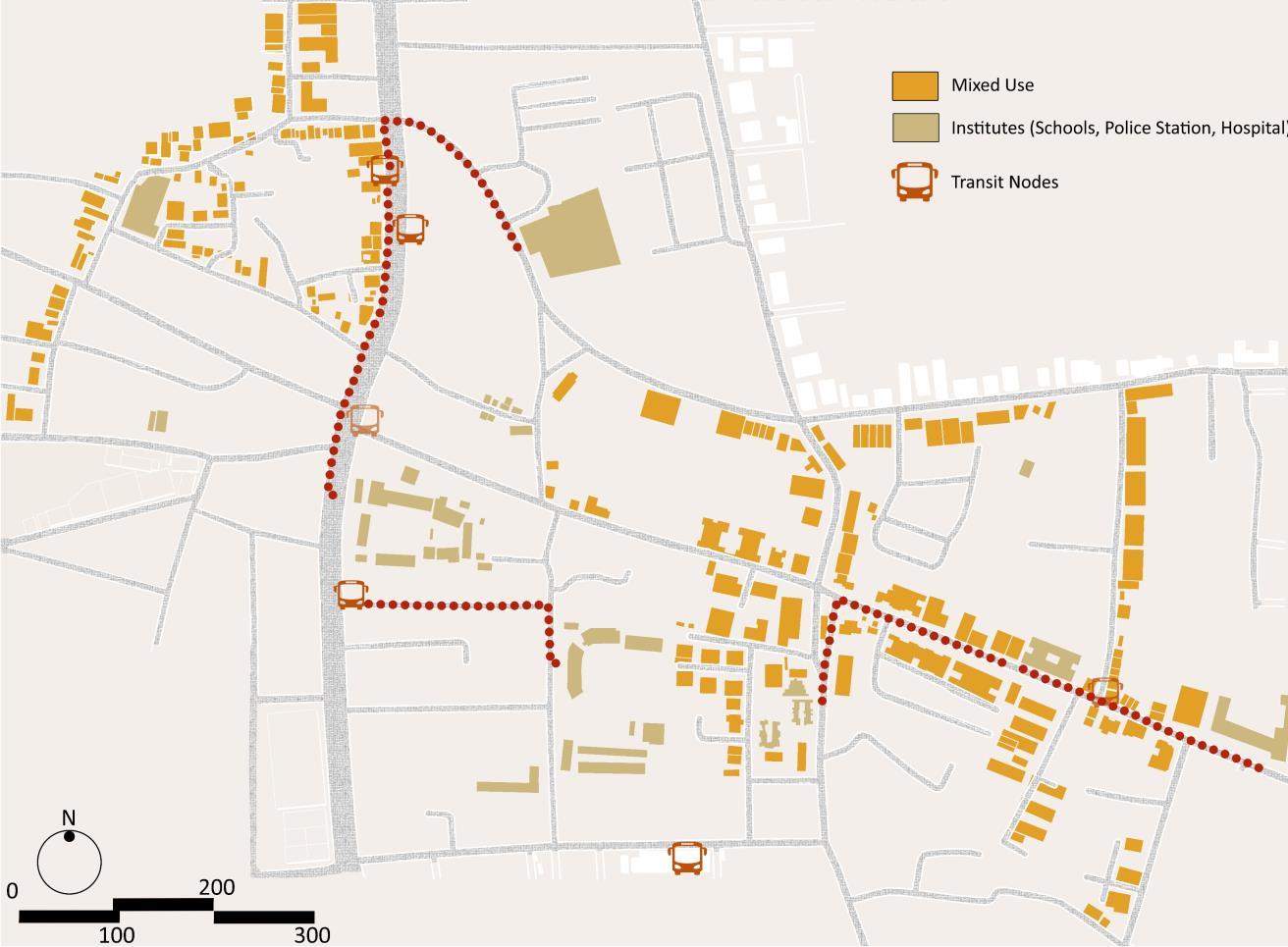


Demonstration Area Plan

Key Plan
Pedestrian Zone
Multi-Utility Zone
Cycle Track


Buffer Zone

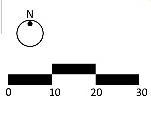
Bike Station
Auto Stands
Benches
Dustbins
Representative Section

Re-imagining cities to ensure Gender Equity- A case of Pune, Maharashtra

3D Manifestation of the street development proposal

Re-imagining cities to ensure Gender Equity- A case of Pune, Maharashtra


BEFORE PUBLIC REALM
Re-imagining cities to ensure Gender Equity- A case of Pune, Maharashtra
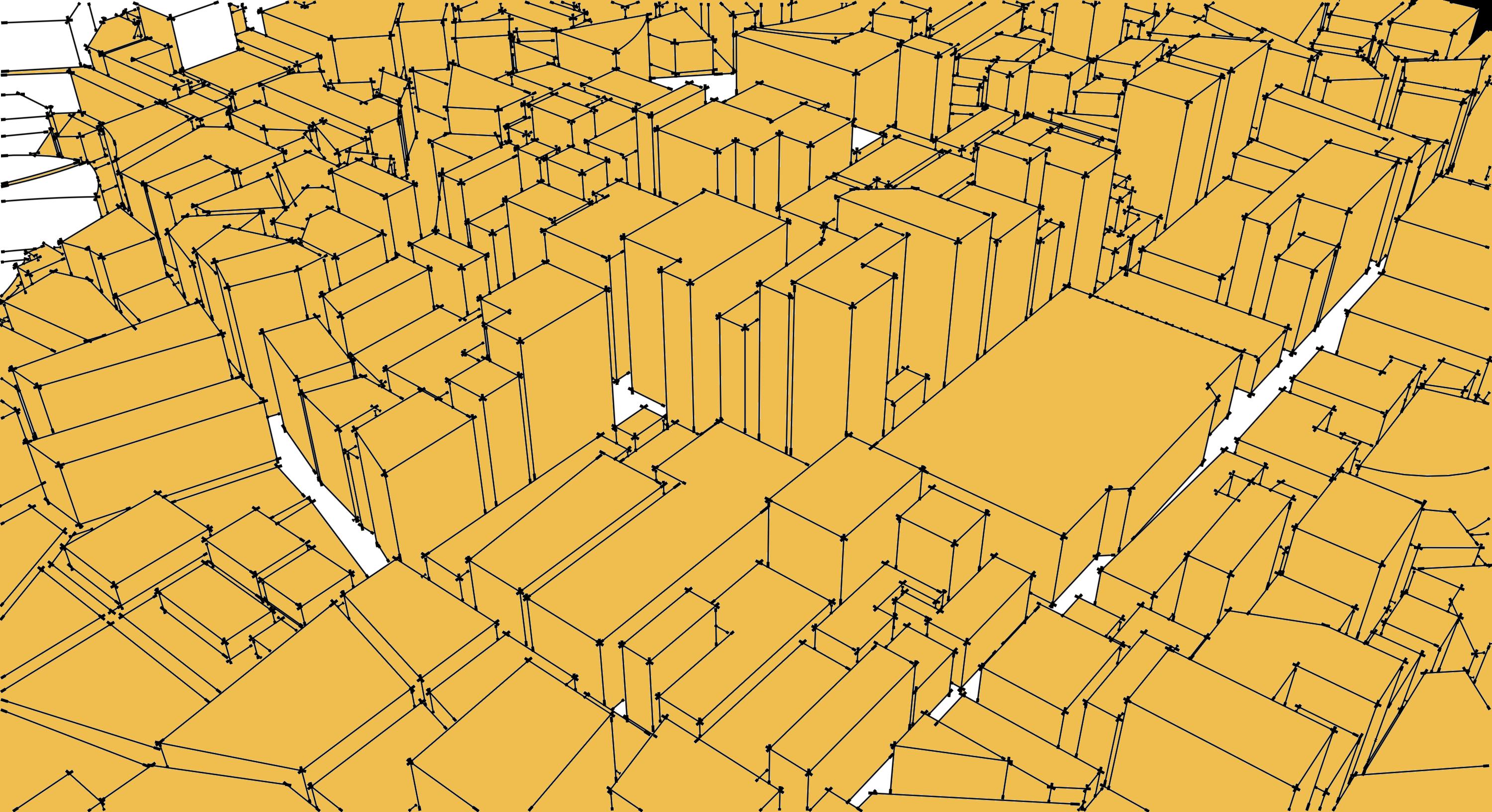


PUBLIC REALM
Re-imagining cities to ensure Gender Equity- A case of Pune, Maharashtra
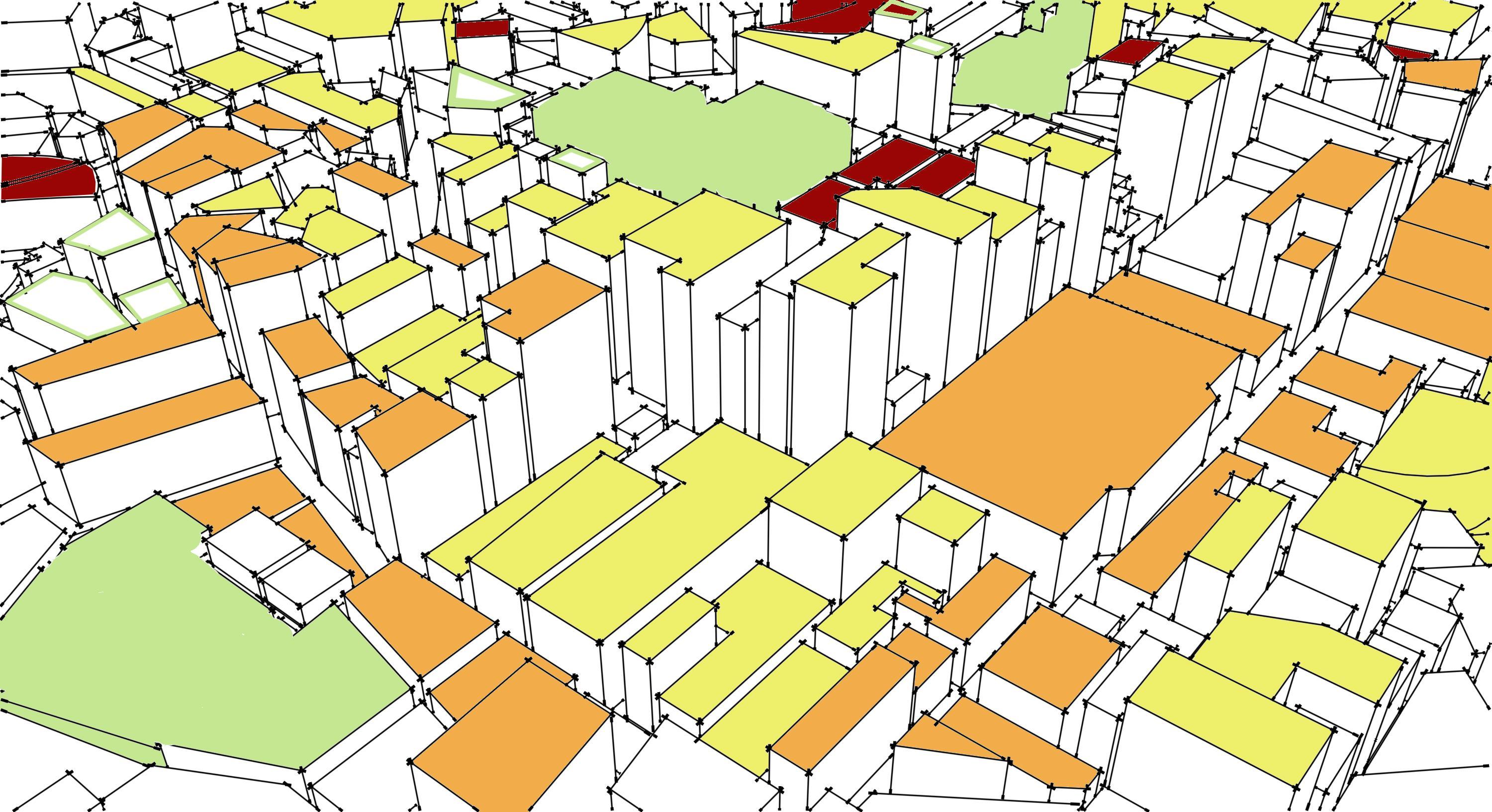


MOBILITY AND ACCESS
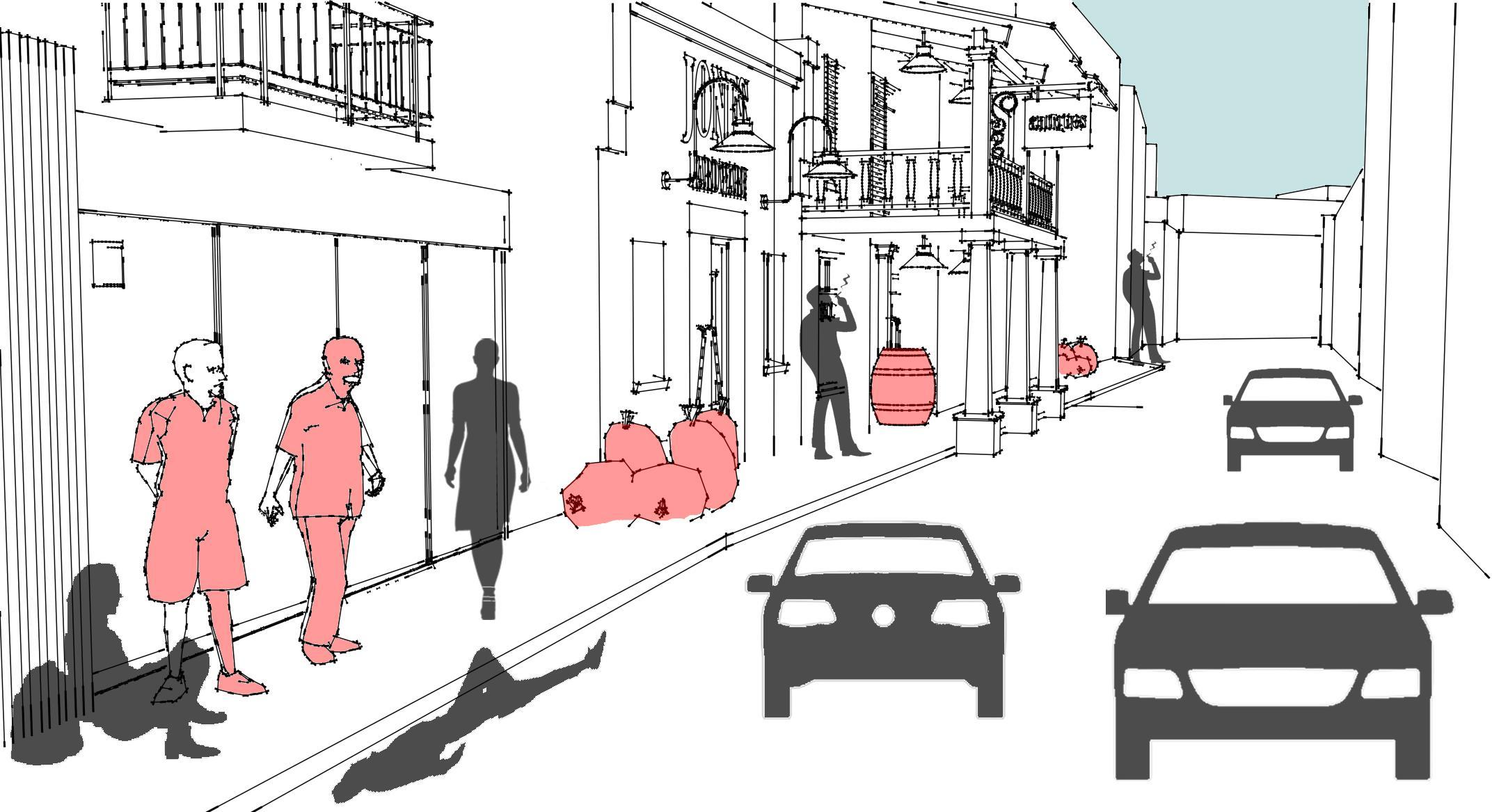





SAFETY AND SECURITY

Re-imagining cities to ensure Gender Equity- A case of Pune, Maharashtra


SAFETY AND SECURITY

Re-imagining cities to ensure Gender Equity- A case of Pune, Maharashtra


How it is!
Re-imagining cities to ensure Gender Equity- A case of Pune, Maharashtra


How it ought to be!

greater the perfection.

“The greater the diversity, the
”
Thomas Berry, Cultural Historian